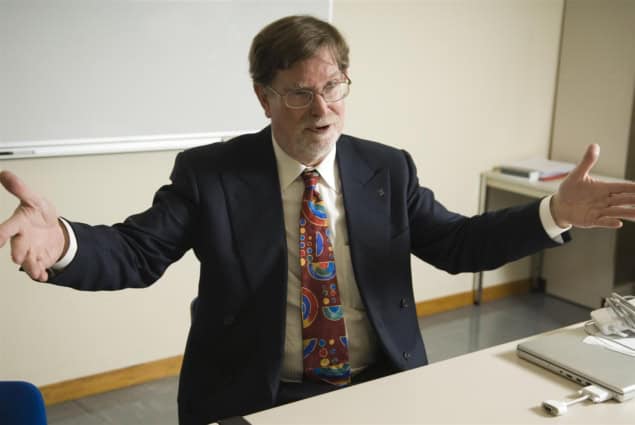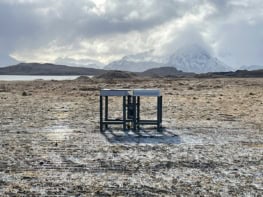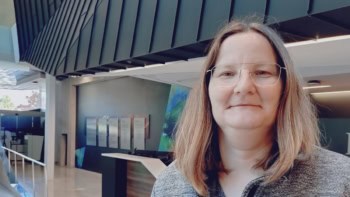
George Smoot, who shared the Nobel Prize for Physics in 2006 for his studies of the cosmic microwave background (CMB), died on 18 September at the age of 80. Smoot’s work on the blackbody form and anisotropy of the CMB radiation provided strong evidence that the universe was created in a massive explosion called the Big Bang.
Born in Yukon, Florida on 20 February 1945, Smoot studied mathematics and physics at the Massachusetts Institute of Technology (MIT), graduating with a dual major. He then completed a PhD in particle physics at MIT in 1970.
Smoot then moved to the University of California, Berkeley, and the Lawrence Berkeley National Laboratory, where he began working on the NASA-funded High Altitude Particle Physics Experiment. The instrument was designed to search for particle interactions at higher energies than accelerators could produce at the time.
After devising other balloon-borne detectors to search for antimatter, in 1973 Smoot switched to studying the CMB, which had been discovered by Arno Penzias and Robert Wilson in 1964.
Smoot and colleagues conceived several experiments to detect possible variations in the CMB, which at the time was thought to be isotropic. This included using a differential microwave radiometer (DMR) aboard a Lockheed U-2 plane that could measure differences in temperature as small as one-thousandth of a degree in the microwave radiation between two points.
Smoot then proposed a space-based mission to measure possible anisotropies. The probe eventually became NASA’s Cosmic Background Explorer (COBE) satellite, which went into space in 1989 containing a DMR instrument that Smoot led.
Following two years of observations, in April 1992 the COBE team announced that the CMB still bore the black-body signature, albeit at a much lower temperature (2.7 K) due to the ongoing expansion of the universe. The COBE researchers also announced that they had detected tiny temperature fluctuations – as small as one part in 100 000 – in the CMB.
For the work, Smoot together with John Mather who worked on another instrument aboard COBE, shared the 2006 Nobel Prize for Physics “for their discovery of the blackbody form and anisotropy of the cosmic microwave background radiation”.
After COBE, Smoot led another balloon experiment – the Millimeter Anisotropy eXperiment IMaging Array – that refined the measurements of the anisotropies of the CMB.
Smoot also collaborated with the journalist Keay Davidson on the 1993 book Wrinkles in Time, which chronicled efforts to measure variations in the CMB.
Media star
After winning the prize, Smoot continued his studies of the CMB as one of the founders of the European Space Agency’s Planck satellite, which launched in April 2009. He also worked in other areas of cosmology such as the study of gamma-ray bursts. George Smoot on the current state of cosmology
In 2007 he became founding director of the Berkeley Center for Cosmological Physics, in which he used the money from his Nobel prize as seed cash. Two years later he joined Université Paris-Diderot VII (now known as the Université Paris-Cité) where he founded the Paris Center for Cosmological Physics.
Smoot also made several media appearances throughout his career including playing himself on the hit-TV show The Big Bang Theory and in a TV commercial for Intuit TurboTax. He also appeared in the TV show Are You Smarter Than a 5th Grader? where he bagged the top $1m prize.



